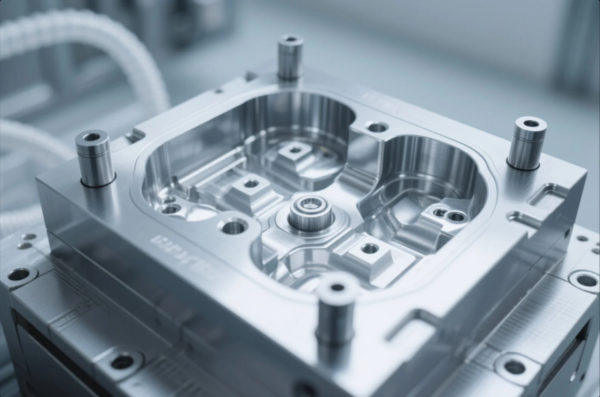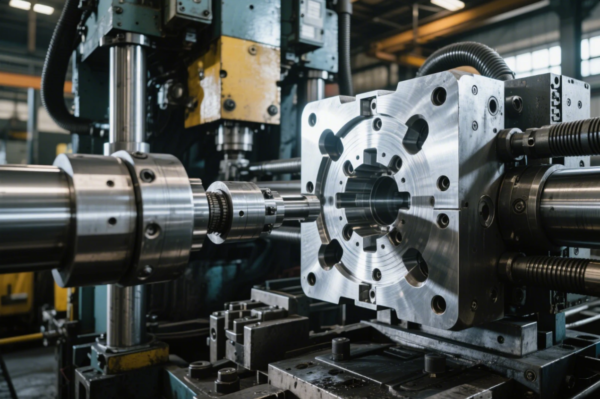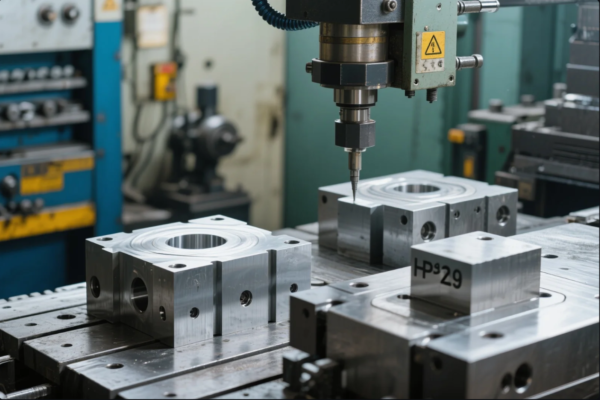What is the construction draw process?
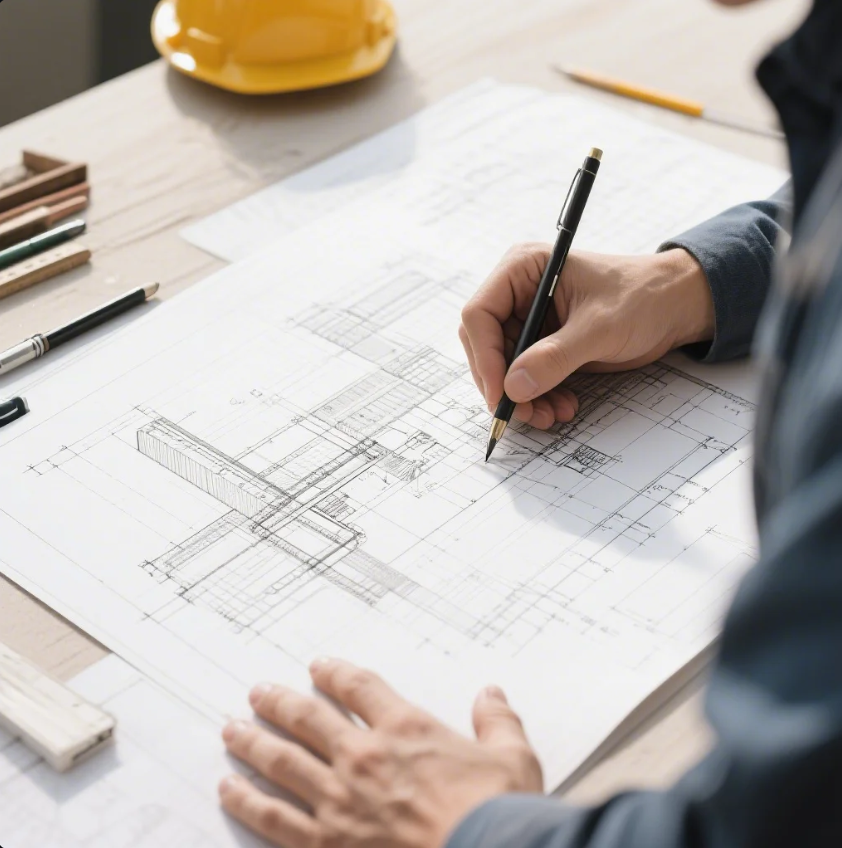
The construction draw process is a crucial part of the construction project financing and payment structure. It involves the process of requesting and approving payments to contractors or subcontractors for work completed on a construction project. These draws are typically paid out at specific milestones throughout the construction process, based on the completion of certain tasks or phases. In this article, we’ll explain how the construction draw process works, what it means when a contractor asks for a draw, and the key steps involved in this process.
Snippet paragraph: The construction draw process involves contractors requesting payments based on the completion of certain milestones throughout the project.
Transition paragraph: Let’s explore how the draw process works in construction, what contractors mean when they ask for a draw, and the different stages involved in the process.
How does the construction draw process work?
The construction draw process is used to release payments to contractors or subcontractors as work on a construction project progresses. Typically, the construction budget is broken into portions, with contractors requesting draws based on the completion of certain milestones or phases of the work. These draws are generally paid out according to a schedule or contract agreement between the contractor and the client or financial institution.
Snippet paragraph: In the construction draw process, payments are released at specific milestones, based on work completed, to ensure contractors are paid throughout the project.
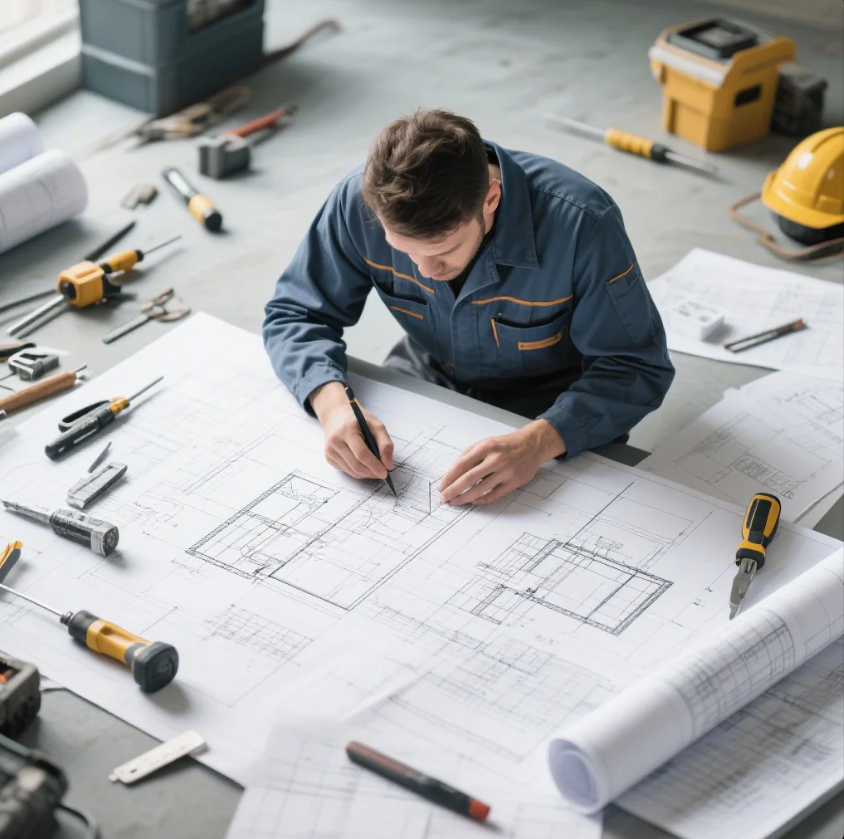
Dive Deeper:
The construction draw process works as follows:
-
Agreement on Payment Terms: Before the project starts, the contractor and the client (or lender) will agree on a payment schedule, often based on milestones. These milestones are typically tied to specific work completion or percentage completions of the overall project.
-
Work Completion: The contractor completes a certain portion of the work, which triggers the ability to request a draw. The contractor submits a request for payment, often with a detailed list of completed work or invoices from subcontractors.
-
Inspection and Verification: The client or a third-party inspector typically verifies the work completed. This ensures that the contractor has met the agreed-upon terms and that the work is up to standard before any payment is made.
-
Draw Approval: After the inspection, the requested draw is approved, and payment is made to the contractor. The payment is typically made through a financial institution or directly from the client.
-
Repeat the Process: As additional work is completed, further draws can be requested based on the agreed schedule until the project is finished.
The construction draw process ensures that the contractor is paid in increments as work is completed, rather than receiving one lump sum payment at the end of the project. It protects both the client and the contractor, ensuring that payments are made only for completed work while keeping the project on track. The process also helps ensure that contractors have the necessary cash flow to continue with the work without interruption.
What is the draw process?
In a construction project, the draw process refers to the systematic way in which a contractor requests payments as certain phases or milestones are completed. These draws are typically scheduled according to the project’s timeline and are meant to ensure that contractors are paid fairly and promptly for their work. The draw process helps manage cash flow throughout the project, making sure that there are no delays in payments, which could affect the project’s progress.
Snippet paragraph: The draw process is a method of requesting and approving payments for completed work, ensuring proper cash flow and progress in construction projects.
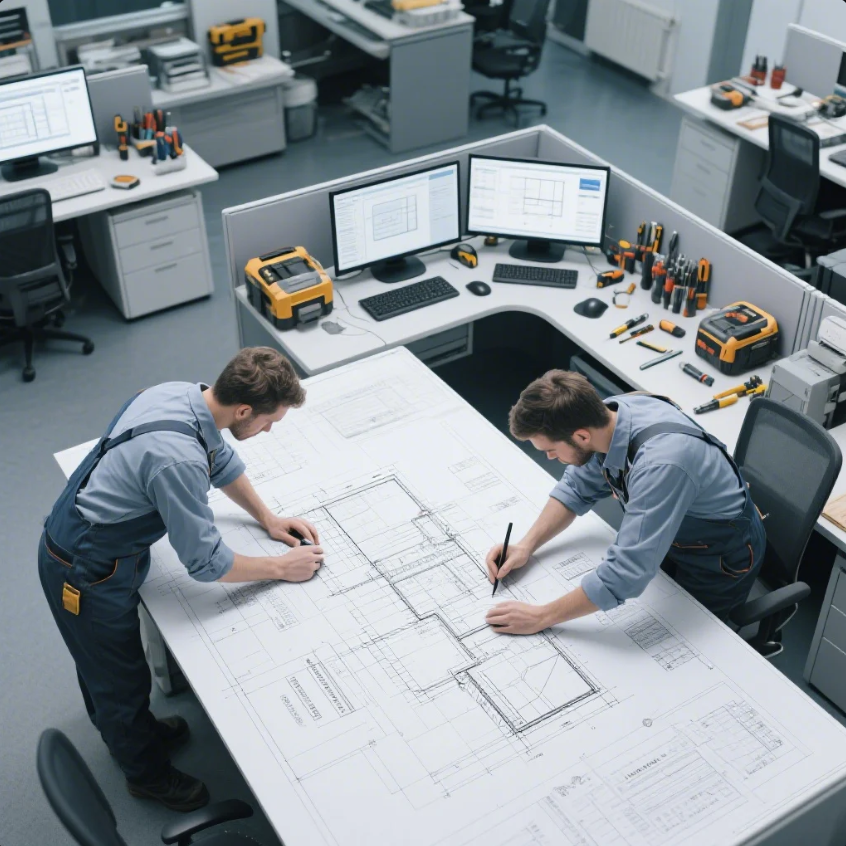
Dive Deeper:
The draw process typically involves the following stages:
- Initial Payment: After the contract is signed, an initial payment may be made to the contractor for mobilization and purchasing of materials.
- Progress Draws: As the project progresses, the contractor will submit requests for draws at various stages, based on the completion of specific tasks or milestones.
- Final Payment: Once the project is completed, the final draw is requested, which is often contingent on a final inspection or approval of work.
Each draw should be supported by documentation that outlines the work completed to ensure transparency and accountability. This documentation typically includes progress reports, invoices, or a certification of work completion. The construction draw process provides both the contractor and client with a clear understanding of the financial situation at every stage of the project. This transparency helps avoid any misunderstandings or disputes over payments.
What is draw construction?
Draw construction refers to the method by which payments are made to contractors as the construction work progresses. The term "draw" refers to a partial payment made at specific intervals or milestones during the construction project. Draws are typically structured in a way that aligns with the percentage of work completed. For instance, a contractor might request a draw for completing 25%, 50%, 75%, and finally 100% of the project.
Snippet paragraph: Draw construction refers to the practice of making partial payments during a construction project based on the work completed at specific intervals.
Dive Deeper:
The process of draw construction is important for both the contractor and the client, as it helps ensure that the project stays on budget while maintaining a steady cash flow. A well-structured draw schedule allows the contractor to cover ongoing project costs, including labor, materials, and subcontractor payments, while also ensuring that the client only pays for completed work. The draw system also mitigates risk, as contractors are incentivized to finish tasks on time to receive subsequent payments.
The typical stages in draw construction include:
- Pre-construction Agreement: The draw schedule is established before construction begins, including the specific milestones and associated payments.
- Work Completion and Draw Requests: As each milestone is completed, the contractor submits a draw request for payment based on the work completed.
- Verification and Approval: The client or a third-party inspector verifies the work and approves the draw request for payment.
- Final Completion and Payment: Once the entire project is completed, the final payment is made, ensuring that the contractor has been fully compensated for all work completed.
What does it mean when a contractor asks for a draw?
When a contractor asks for a draw, they are requesting a partial payment for the work they have completed up to a certain point in the construction process. This request is typically made after reaching a predefined milestone or phase of the project. The draw amount is calculated based on the progress made, and payment is released after the work is verified and approved.
Snippet paragraph: When a contractor asks for a draw, they are requesting a payment for work completed up to a specific milestone in the construction project.
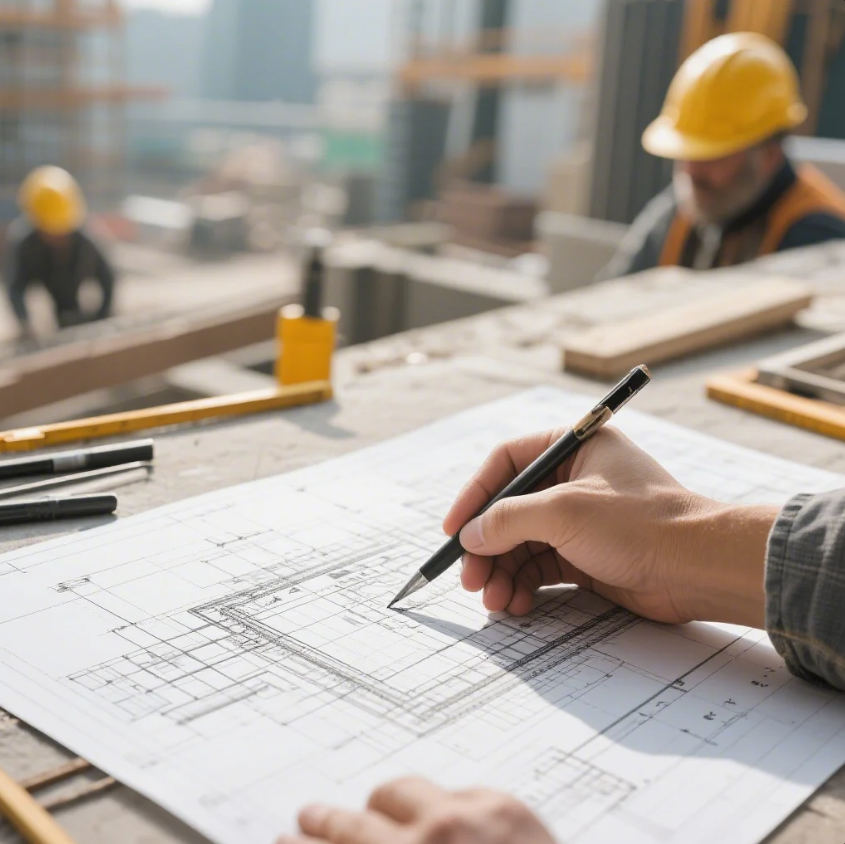
Dive Deeper:
Contractors typically ask for draws to ensure steady cash flow throughout the project. These draws are important because they allow contractors to cover ongoing costs, such as materials, labor, and equipment, without waiting until the entire project is completed.
When a contractor requests a draw, they usually provide documentation to support their request, including progress reports, invoices, or a certification of work completion. The client or financial institution then verifies the completed work before approving the payment. This ensures that contractors are paid only for completed work, maintaining transparency in the project’s financial management.
The contractor may request multiple draws throughout the project, each time they complete a set amount of work, such as completing a floor of a building or finishing the plumbing installation. At the end of the project, a final draw is often requested, after which the project is considered complete, and the contractor is fully paid.
Conclusion
The construction draw process is a vital mechanism for managing payments throughout a construction project. It helps ensure contractors are paid as work progresses, maintaining a steady cash flow and minimizing financial risk. If you're a contractor or client involved in a construction project, understanding the draw process can help keep the project on track and avoid payment disputes. At Prime, we are experienced in helping manage all aspects of construction projects, including financial management and payment schedules. Contact us today for more information and assistance with your next project!

